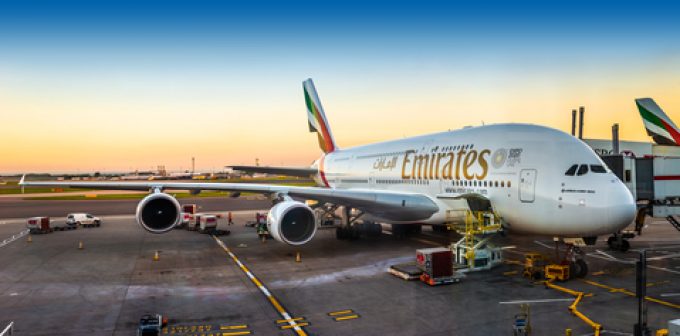Congestion at Vancouver worsens – but it's not all the port's fault
Congestion at Canada’s west coast gateway of Vancouver is set to worsen in the coming ...

Angry air travel passengers are set to be out in force this summer – but they are not alone. There are also increasingly angry airlines.
The summer airport chaos has led to a very public spat between Emirates and Heathrow, in what is likely to be a continuing row between airports and airlines.
On Tuesday, Heathrow told airlines that it was introducing an immediate capacity cap until 11 September, limited to 100,000 departing passengers a day. It claimed that of the 4,000 ...
USTR fees will lead to 'complete destabilisation' of container shipping alliances
Outlook for container shipping 'more uncertain now than at the onset of Covid'
Flexport lawsuit an 'undifferentiated mass of gibberish', claims Freightmate
Shippers warned: don't under-value US exports to avoid tariffs – 'CBP will catch you'
Cancelled voyages take the sting out of spot rate declines this week
New Houthi warning to shipping as rebel group targets specific companies


Comment on this article